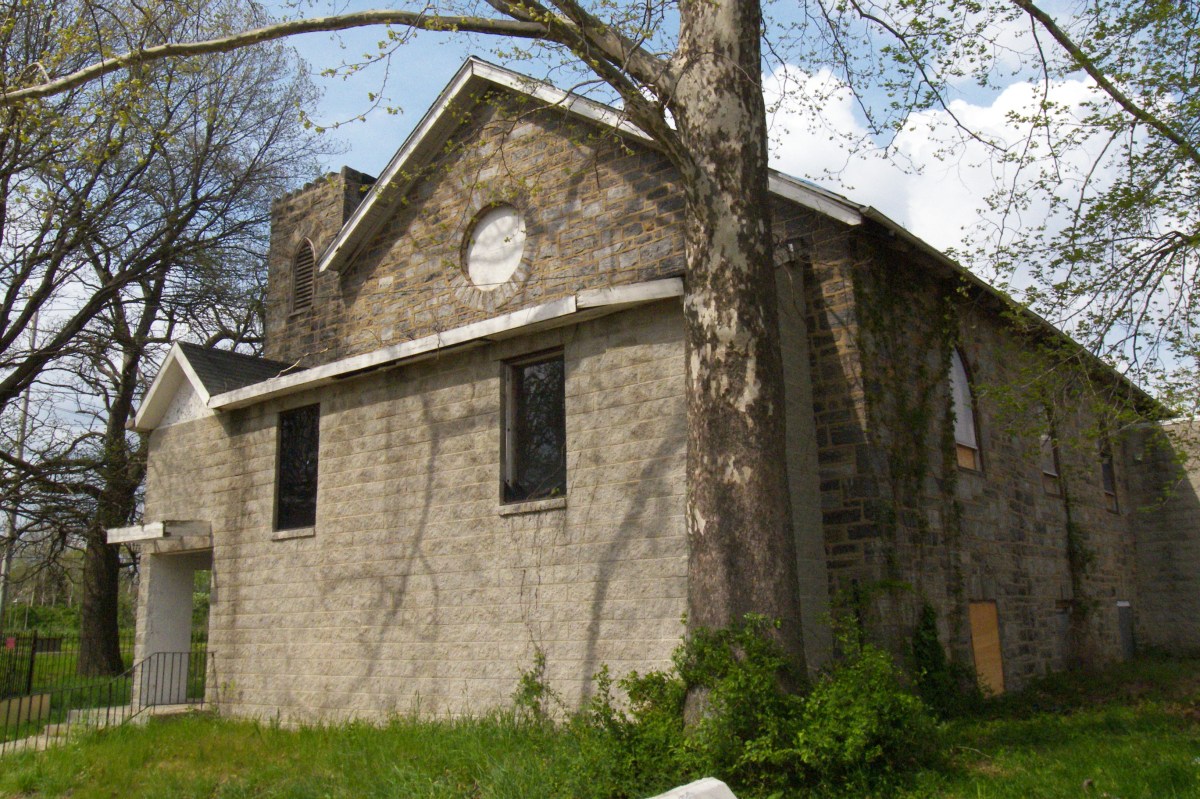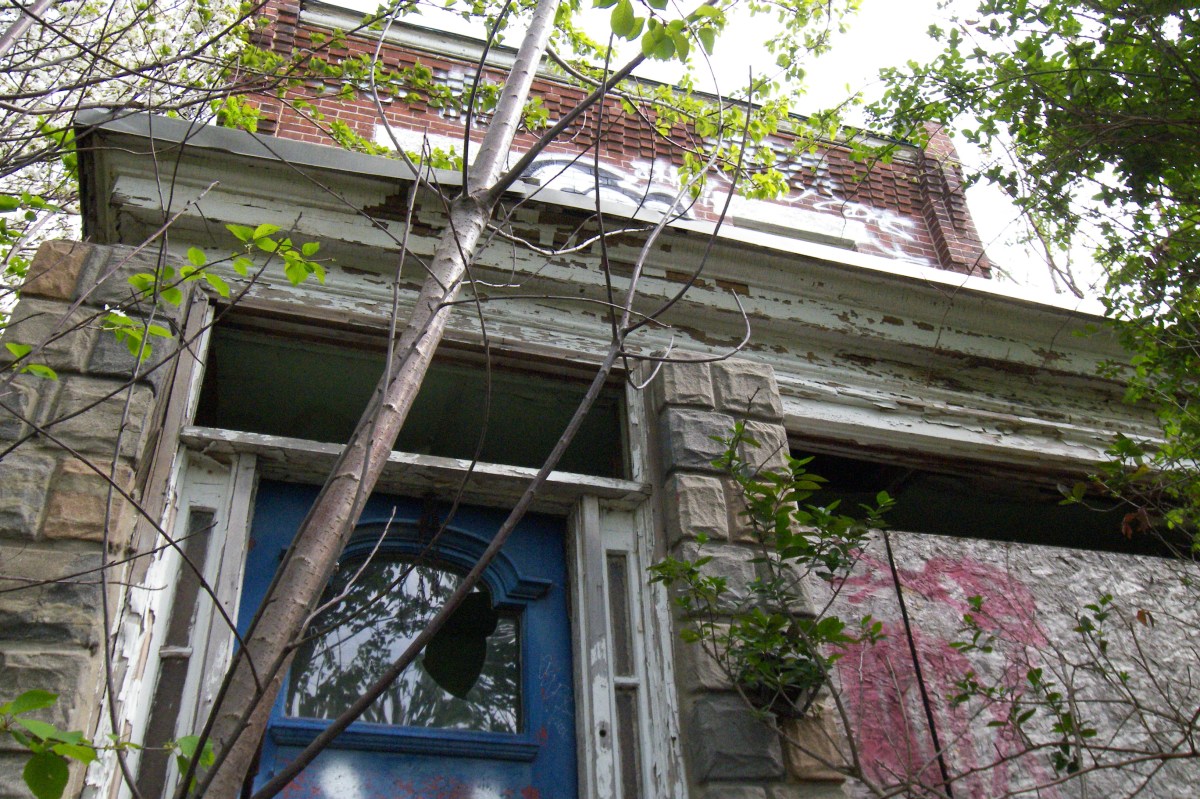
[CHANGING? ROBERT BARRY’S ILLUMINATED TEXTUAL PIECES]
Above is an element of “Wonder”, an outdoor art installation part of Atlantic City’s Artlantic—a massive project to distribute $12 million in public art throughout the beleaguered city over the next five years. Located at Pacific and Indiana on the seven acre lot formerly occupied by the Traymore Hotel and the Sands Casino, the grassy, half moon berms form a cove of refuge from the schlock and gall of Pacific Avenue. Organized by international curator Lance Fung, Artlantic has befuddled the art world and the average Atlantic Citian with its scale dwarfed only by the mighty hopes it will inspire an American Venice. Largely a project of the non-profit Atlantic City Alliance and the Casino Reinvestment Development Authority, Artlantic is seen as an effort to diversify the city’s portfolio of tourist attractions (while providing some ephemeral construction jobs over time).

[ATLANTIC CITY, 1900, SHOWING TRAYMORE PARCEL AT PACIFIC AND INDIANA: COURTESY OF RUTGERS]
Whether its simply economic development shillery or a real vehicle for getting the non-high rollers to AC is unclear. Increasingly the arts and culture sector is seen as having real generative power; the question is whether it can be seeded in a place ravaged by capital’s many recent crises.

[WONDER LOOKING WEST TOWARDS ILYA AND EMILIA KABAKOV’S PIRATE SHIP]
A tour of the northern part of the island, in the neighborhood called South Inlet reveals a singularly unique state of urban America. An almost narcotic reliance on gaming revenue has oriented nearly the entire urban land market towards casino construction. But, land is too cheap in AC and returns on investments in massive assemblages of parcels are meager. Thus, Revel sat as a ruin-in-wait for nearly 3 years before the numbers looked good enough on paper to complete the project. Revel’s downward trajectory means a the parcel at Pacific and Indiana will likely remain a public art park.

[OWNERSHIP OF VACANT PARCELS IN AC, COURTESY OF JASON HANUSEY]
Because this regrouping of capital can be slow, Atlantic City is a place of startling contrasts in building scale. Both 1960s-1970s casino-oriented zoning policies and casino construction trends have made speculatory land buying and absentee ownership rampant in Atlantic City. Thus according to urban planner Jason Hanusey, nearly 20.4 percent of all developable parcels in Atlantic City are vacant.
Atlantic City was once a real city of density, intimacy and structural variety. As the general resort trade dwindled in the postwar era and gambling became legalized in 1977, vast numbers of vacant or underutilized parcels—some irregularly following railroad rights-of-way or the contours of multi-winged hotels—were melded into regular megablocks. Gone was the intimate scale of the brick and wood rooming house or the small porch-swathed hotel. This process continues as the Casino Reinvestment Development Authority (CRDA) targets the desolate South Inlet section for massive investment. “We want to create a neighborhood here,” Executive Director John Palmieri said. “It’s no mystery. It’s a beautiful location.” Yet what kind of neighborhood can exist around a planned $75 million entertainment complex, arguably the anchor of CRDA’s new South Inlet?

[SOUTH INLET SECTION, JULY 2013]
Atlantic City, one could argue, is a city without people. It is a largely binary system of producers and consumers enclosed and insulated from the public sphere. Plans for arts, tourism, shopping districts and the new South Inlet need to reverse the trend of a spatially segregated series of activity centers all with their back to the public realm. Good urban design taking cues from unique AC forms, a creative mix of housing for all income levels, open space which augments natural processes and, dare I say, new populations will create places where economic and social interaction can occur outside Caesar’s. This is a prescription not just for humane treatment of dispossessed residents but also a formula for a more complex economic system of neighborhood suppliers and producers. Here is where Artlantic can assist. The project should encourage artists to live and create in the community, to channel community interests into public interventions while the Alliance and CRDA should improve physical (i.e. transit) and cooperative links with other art centers (Philly, Asbury Park, NYC) while subsidizing spaces for building and making. This is true integration of the arts and urban planning—less about art as a destination and more as a mode of living.
























































